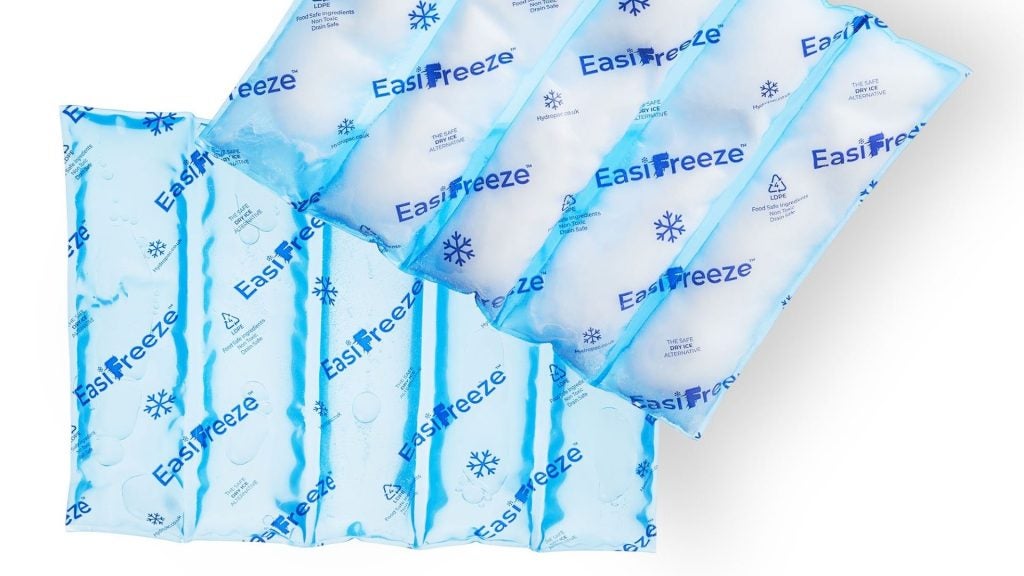

As consumer eating habits change so too do their packaging needs. In a world where time is scarce and consumers need quick and easy ways to prepare meals, easy to use packaging, such as flexible packaging, is required. Flexible packaging includes bags, pouches and sachets made of easily yielding materials such as film, plastic, foil or paper.
A new report by Canadean has found that an estimated 786,095 million units of flexible packaging will be used in global retail food markets by 2018. Flexible packaging will expand its share in the food packaging market even further, reaching 53% in the next three years.
The report also found that the global demand for pouches in the food market will grow by 2,489 million pack units between 2014 and 2017, an increase of 14.9% in the total food pouches market size.
Busy lifestyles
The flexible packaging market is expanding across the food packaging market as both consumers and brand owners begin to see the benefits of this emerging trend.
Kirsty Nolan, senior analyst at Canadean, says: "Pouches are both lightweight and durable, meaning products can be stored more easily in cupboards, are less likely to get damaged and are lighter to transport."
See Also:
This type of packaging is more adaptable to the busy lifestyles many consumers live. Consumers' will not always have time to cook a full meal from scratch or even have the energy to open a can of beans. Pouches are easy for busy consumers to placate their hunger with ready meals or on-the-go snacks.
How well do you really know your competitors?
Access the most comprehensive Company Profiles on the market, powered by GlobalData. Save hours of research. Gain competitive edge.

Thank you!
Your download email will arrive shortly
Not ready to buy yet? Download a free sample
We are confident about the unique quality of our Company Profiles. However, we want you to make the most beneficial decision for your business, so we offer a free sample that you can download by submitting the below form
By GlobalDataNolan says: "The outer plastic layers of microwavable pouches are designed to cool quickly while keeping contents hot, allowing consumers to eat straight from the microwave."
The soup manufacturer Campbell's is already capitalising on this emerging trend and has recently released a new range called Go Soup. The range is available in pouches and is targeted at young, busy foodies who want to enjoy exciting, flavoursome food but do not always have the time to cook.
Nolan continues: "The flavours were specifically designed to appeal to more adventurous palettes and the packaging was introduced to compliment the product with a greater volume. The packaging also features a transparent bottom, which allows consumers to assess the contents and its ingredients before purchase."
Pouches are also more adaptable for single servings, which means that the flexible packaging revolution is more suitable for consumers eating on their own rather than large families. Another benefit of flexible packaging is that it is easy to open, making it the perfect packaging for older consumers who need easy to open packaging.
Keep it light
Flexible packaging has many benefits for manufacturers, including the fact that it is the ideal light weighting solution for many products and it is also the perfect canvas to showcase brand design.
"Indeed, we have seen pouches seemingly quickly secure their presence across multiple sectors, including confectionery, laundry detergent, rice and even alcoholic beverages," explains Nolan.
"Their success is attributable to the affordable price point and their versatility for design.
"Pouches can easily be printed with standout designs, they are simple to open and often stand up for ease and aesthetics of looking good on the shelf."
Light weighting is an important concern for food manufacturers as it determines how much manufacturers have to spend on material costs, shipping costs and how much shelf space the product will take up.
Glass and metal
While flexible packaging is enjoying a steady growth, metal is not faring as well. Metal packaging will experience its slowest growth in the food packaging market increasing at a rate of 2.5% CAGR between 2013 and 2018.
Nolan has a simple explanation for this trend stating: "Materials such as glass and metal are losing out to plastic packaging as most simply the benefits of flexible packaging outweigh those of glass and metal in many instances."
"Weight, space taken, recyclability are all important factors to consider in today's economy where e-retailing and cost are increasingly salient issues for packaging manufacturers."
Although, plastic and flexible packaging are currently extremely popular throughout most of the food and beverage packaging market flexible packaging will never be able to take over the whole of the market as it does not have the ability to reflect luxury in the same way as metal and glass.
"However, the premium connotations associated with glass in certain industries, spirits for instance, mean that a position in the packaging market will remain open," says Nolan.
The locality trend
As well as being unable to reflect a sense of luxury for premium products, flexible packaging will also face the challenge of something Nolan calls the 'locality trend', where in Western economies consumers favour buying local, natural products that they feel they can trust. Consumers also want food packaging to reflect this trend.
Nolan explains: "Such products will often adopt very simplistic packaging such as paper bags or glass jars, intending to reflect the contents through a simple and authentic package."
This is another area where more traditional packaging such as metal and glass can keep a foothold on the market and remain a popular option. Though as Nolan explains it will not be a very large part of the market: "This will however remain a relatively niche segment as hypermarkets and supermarkets continue to dominate the CPG market, while also providing the ideal platform for flexible packaging."






